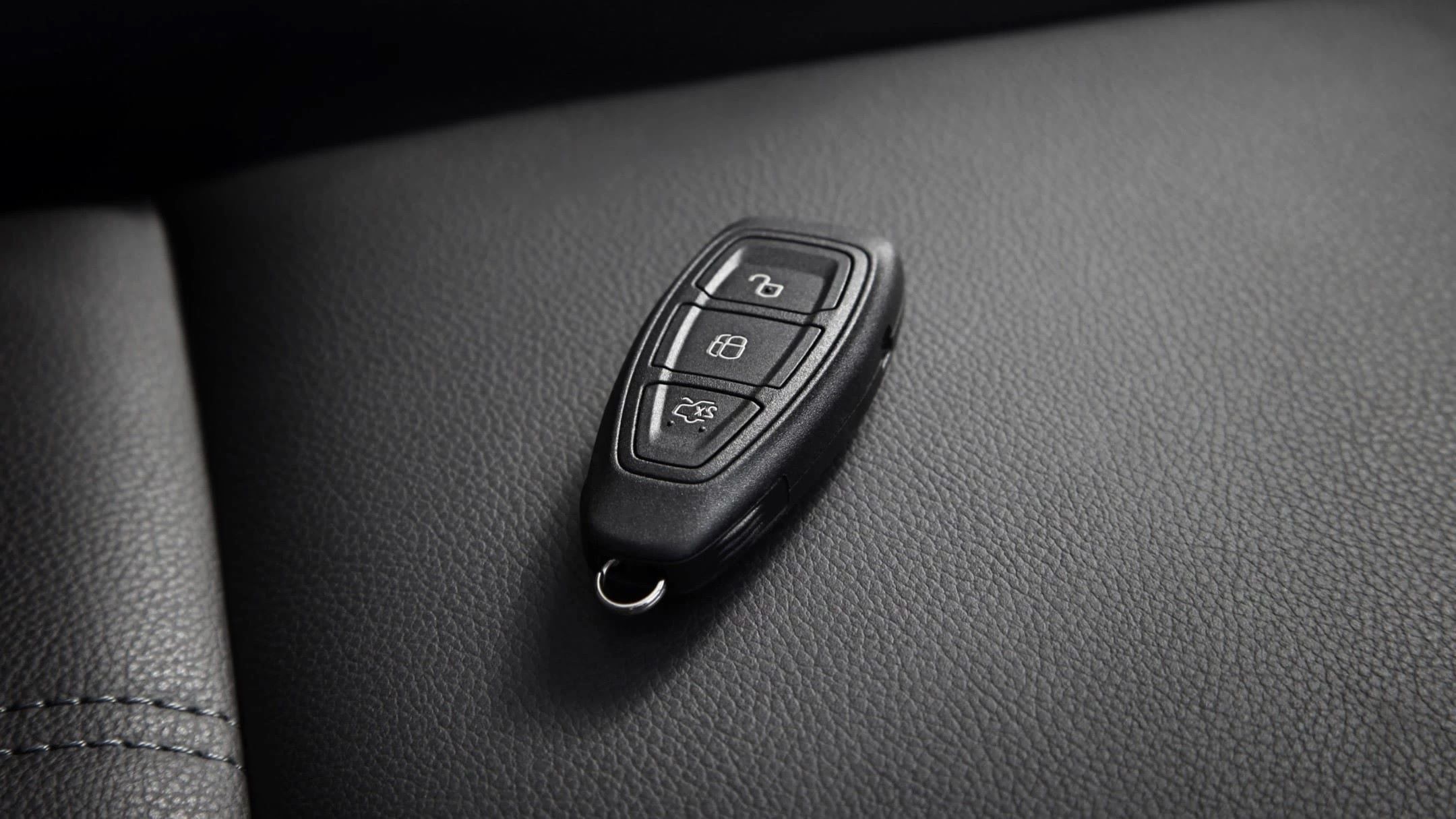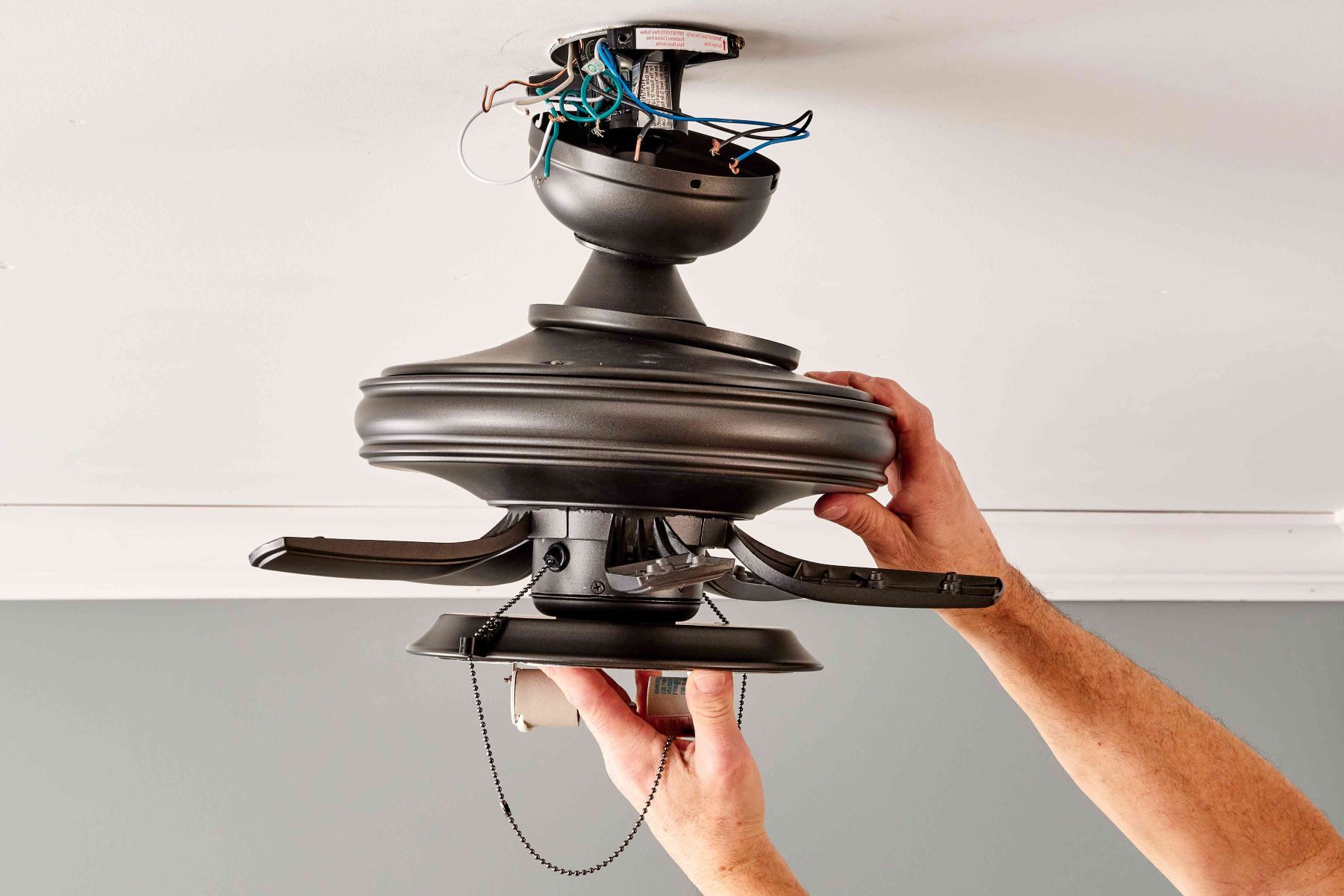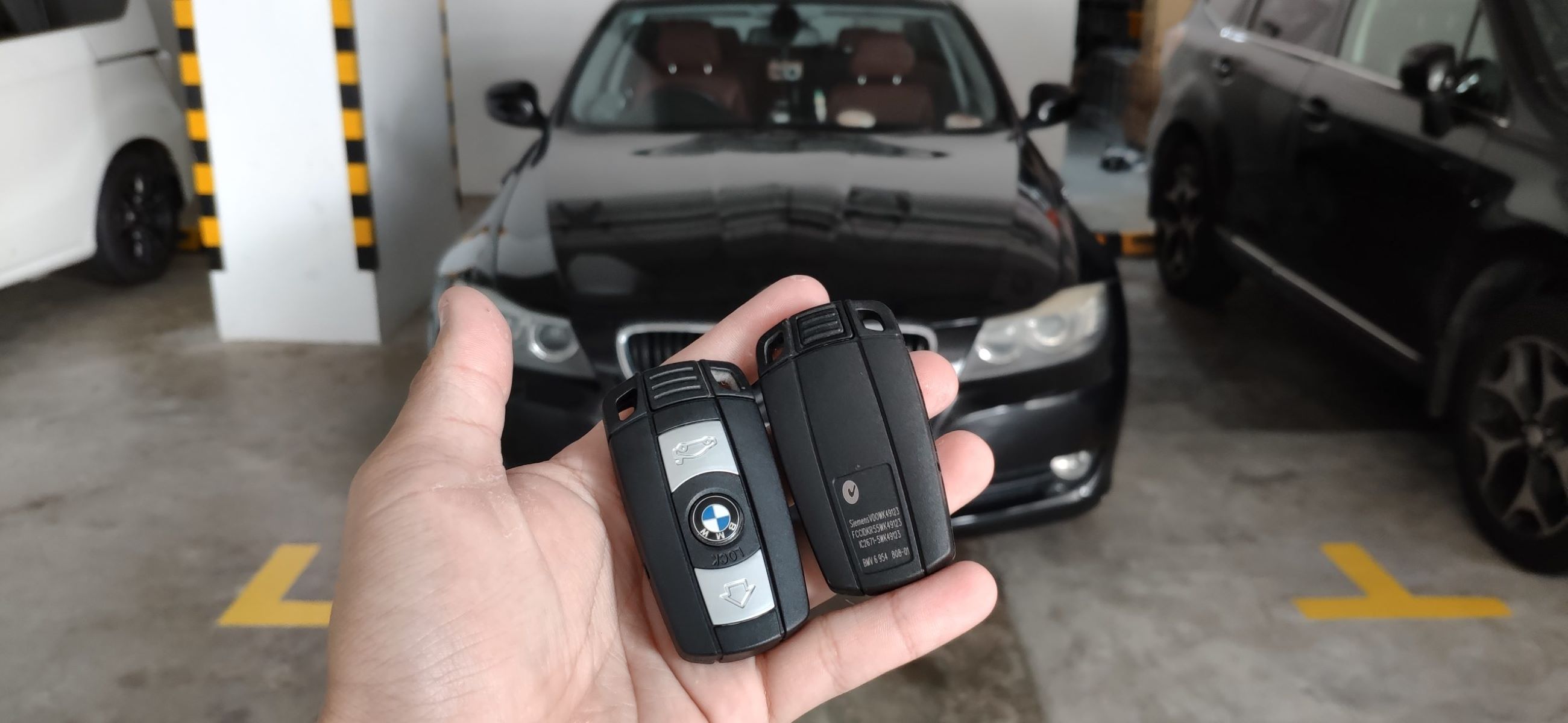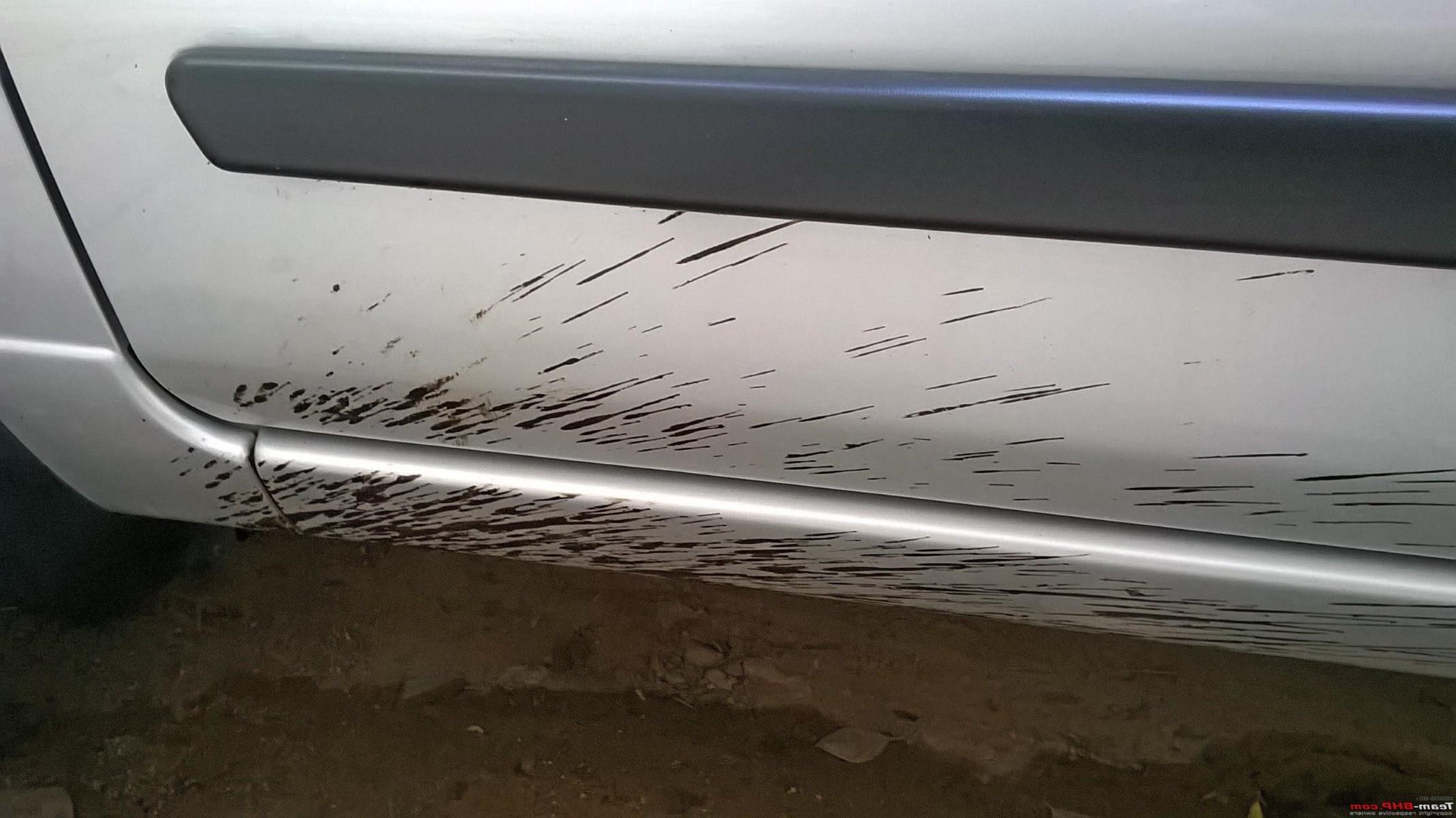Home>Automotive>How To Remove Ignition Lock Cylinder Without Key
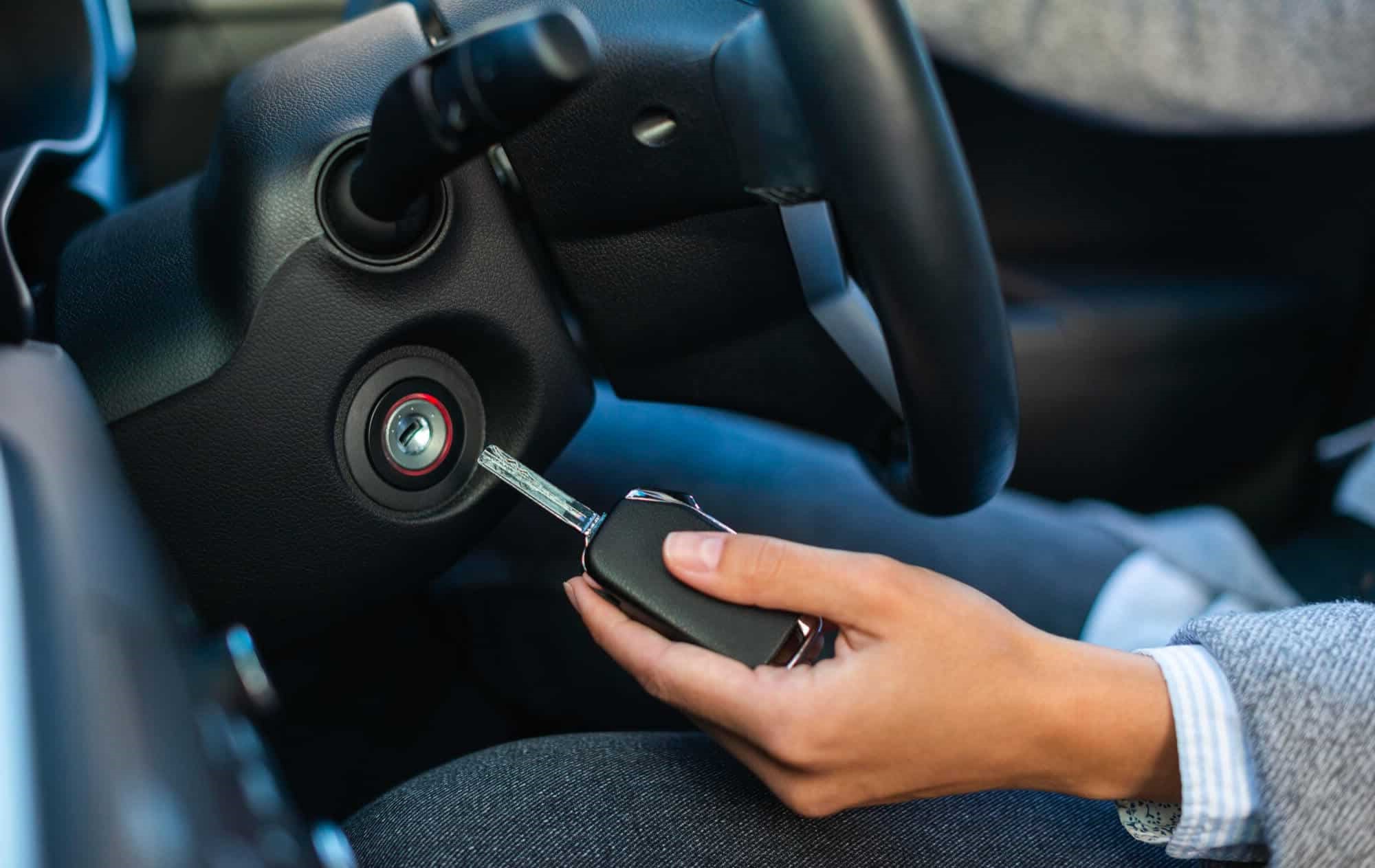

Automotive
How To Remove Ignition Lock Cylinder Without Key
Published: February 29, 2024
Learn how to remove an ignition lock cylinder without a key in this step-by-step guide. Get expert automotive tips and tricks for a smooth removal process.
(Many of the links in this article redirect to a specific reviewed product. Your purchase of these products through affiliate links helps to generate commission for Regretless.com, at no extra cost. Learn more)
Table of Contents
Introduction
Removing an ignition lock cylinder without a key can be a daunting task, but with the right tools and a methodical approach, it can be accomplished successfully. Whether you've lost your key or are dealing with a malfunctioning ignition lock, knowing how to remove the cylinder can save you time and money. This comprehensive guide will walk you through the step-by-step process, providing you with the knowledge and confidence to tackle this task on your own.
The ignition lock cylinder is a crucial component of your vehicle's ignition system, responsible for initiating the starting process. Over time, it may become worn or damaged, leading to difficulties in turning the key or even complete failure to start the vehicle. In such situations, removing and replacing the ignition lock cylinder becomes necessary.
By following the instructions outlined in this guide, you can avoid the hassle and expense of hiring a professional locksmith or mechanic. With a few basic tools and a clear understanding of the process, you can successfully remove the ignition lock cylinder and install a new one, restoring the functionality of your vehicle's ignition system.
Whether you're a seasoned DIY enthusiast or a novice looking to expand your automotive repair skills, this guide is designed to be accessible and informative. It will empower you to take control of the situation and address the issue with confidence. By the end of this guide, you'll have a clear understanding of the steps involved in removing the ignition lock cylinder without a key, allowing you to tackle this task with ease.
Now, let's gather the necessary tools and materials and dive into the step-by-step process of removing the ignition lock cylinder from your vehicle.
Read more: How To Unlock Steering Wheel Without Key
Tools and Materials Needed
Before embarking on the task of removing the ignition lock cylinder without a key, it's essential to gather the necessary tools and materials to ensure a smooth and efficient process. Here's a comprehensive list of items you'll need to have on hand:
Tools:
- Screwdriver Set: A set of screwdrivers, including both flathead and Phillips head varieties, will be essential for removing screws and accessing the ignition lock cylinder.
- Needle-Nose Pliers: These will come in handy for manipulating small components and accessing hard-to-reach areas within the steering column.
- Drill with Bits: In some cases, a drill may be required to remove the ignition lock cylinder, so having a drill with a selection of bits is advisable.
- Hammer: A small hammer can be useful for tapping and gently coaxing components into place during the removal process.
- Wire Cutter: This tool may be necessary for cutting wires or removing any obstructing components within the steering column.
Materials:
- Replacement Ignition Lock Cylinder: Before starting the removal process, it's important to have a new ignition lock cylinder ready for installation. Ensure that the replacement cylinder is compatible with your vehicle's make and model.
- Replacement Key: If the new ignition lock cylinder does not come with a key, you may need to have a replacement key made to match the new cylinder.
- Protective Gloves: Working within the tight confines of the steering column can be challenging, so a pair of protective gloves will help safeguard your hands and provide better grip when handling components.
- Safety Glasses: When working with tools and small components, it's important to prioritize safety. Wearing protective eyewear can prevent any debris or small parts from causing injury.
- Flashlight: Illuminating the interior of the steering column may be necessary, so having a reliable flashlight on hand will aid in visibility during the removal process.
By ensuring that you have all the required tools and materials at your disposal, you'll be well-prepared to tackle the task of removing the ignition lock cylinder without a key. With these items within reach, you can proceed with confidence, knowing that you have everything you need to complete the job effectively and efficiently.
Step 1: Disconnect the Battery
The first crucial step in removing the ignition lock cylinder without a key is to disconnect the vehicle's battery. This safety measure is essential to prevent any electrical mishaps or malfunctions during the removal process. By disconnecting the battery, you eliminate the risk of accidental sparks or short circuits, ensuring a safe working environment.
To begin, park the vehicle in a safe and well-lit area, and engage the parking brake to prevent any unintended movement. Next, pop the hood and locate the vehicle's battery. Before proceeding, it's important to identify the positive and negative terminals of the battery. The positive terminal is typically marked with a red cap or a plus sign, while the negative terminal is marked with a black cap or a minus sign.
Using the appropriate-sized wrench or socket, loosen the nut or bolt securing the negative terminal clamp to the battery's negative terminal. Once loosened, carefully remove the negative terminal clamp from the battery terminal and position it away from the battery to prevent accidental contact.
It's important to note that disconnecting the negative terminal first is a standard safety practice in automotive maintenance. This sequence minimizes the risk of electrical shock or short circuits when working on the vehicle's electrical components. After the negative terminal is disconnected, repeat the process for the positive terminal, loosening the nut or bolt and removing the positive terminal clamp from the battery's positive terminal.
With both the negative and positive terminals disconnected, take care to secure the terminal clamps away from the battery to prevent them from accidentally making contact. This precautionary measure ensures that the battery remains isolated from the vehicle's electrical system throughout the ignition lock cylinder removal process.
By following these steps to disconnect the battery, you create a safe working environment and minimize the risk of electrical hazards. With the battery safely disconnected, you can proceed with confidence to the next steps of removing the ignition lock cylinder without a key.
Remember, safety should always be a top priority when working on automotive components, and disconnecting the battery is a fundamental precaution that sets the stage for a smooth and secure removal process.
Read more: How To Start A Car Without Key
Step 2: Remove the Steering Column Cover
Removing the steering column cover is a crucial step in gaining access to the ignition lock cylinder within the vehicle's steering column. The cover serves as a protective housing for various components and wiring, and its removal is necessary to reach the ignition lock cylinder and proceed with its extraction. Here's a detailed guide on how to remove the steering column cover effectively:
-
Locate the Screws or Fasteners: The steering column cover is typically secured in place by screws or fasteners, which may be located on the underside or the sides of the steering column. Using a flashlight for better visibility, inspect the cover to identify the precise locations of the securing screws or fasteners.
-
Use the Correct Tools: Depending on the vehicle's make and model, the screws or fasteners may require a specific type of screwdriver or socket. Ensure that you have the appropriate tools on hand to effectively remove the securing components without causing damage to the cover or surrounding areas.
-
Carefully Remove the Screws or Fasteners: With the correct tool in hand, carefully loosen and remove the screws or fasteners holding the steering column cover in place. It's important to exercise caution and avoid applying excessive force, as overtightened screws or fasteners may be challenging to remove.
-
Gently Separate the Cover Halves: Once the securing screws or fasteners have been removed, gently separate the upper and lower halves of the steering column cover. Take care to note any wiring harnesses or connectors that may be attached to the cover, as these will need to be disconnected to fully remove the cover.
-
Disconnect Wiring Harnesses (If Applicable): In some cases, the steering column cover may house wiring harnesses or connectors for components such as the turn signal switch or ignition switch. If this is the case, carefully disconnect any wiring harnesses or connectors to ensure that the cover can be fully removed without causing damage to the attached components.
-
Set the Cover Aside: Once all securing components and wiring harnesses have been addressed, carefully set the steering column cover aside in a safe and designated area. Taking this step will prevent any accidental damage to the cover and ensure that it remains in good condition for reinstallation after the ignition lock cylinder removal process is complete.
By following these detailed steps, you can effectively remove the steering column cover, gaining access to the ignition lock cylinder within the steering column. This essential preparatory step sets the stage for the subsequent tasks involved in removing the ignition lock cylinder without a key. With the steering column cover successfully removed, you are now ready to proceed to the next phase of the removal process.
Step 3: Locate the Ignition Lock Cylinder
After successfully removing the steering column cover, the next critical step in the process of removing the ignition lock cylinder without a key is to locate the position of the cylinder within the steering column. The ignition lock cylinder is a key component of the vehicle's ignition system, and its precise location within the steering column may vary depending on the make and model of the vehicle. Here's a detailed guide on how to effectively locate the ignition lock cylinder:
-
Identify the Steering Column Assembly: With the steering column cover removed, take a moment to familiarize yourself with the layout and components within the steering column assembly. The ignition lock cylinder is typically situated near the ignition switch and is directly connected to the vehicle's ignition system.
-
Use a Flashlight for Visibility: Given the confined space within the steering column, it's advisable to use a reliable flashlight to illuminate the interior and gain better visibility. This will aid in locating the ignition lock cylinder and identifying any surrounding components or wiring that may need to be addressed during the removal process.
-
Refer to Vehicle-Specific Resources: If available, consult the vehicle's service manual or online resources specific to the make and model of the vehicle. These resources may provide detailed diagrams or instructions on the precise location of the ignition lock cylinder within the steering column, offering valuable insights for a successful removal process.
-
Visual Inspection and Component Identification: Carefully inspect the interior of the steering column, paying close attention to the area near the ignition switch. Look for a cylindrical component with wiring connections leading to it, as this is likely to be the ignition lock cylinder. Additionally, take note of any securing mechanisms or fasteners that may be holding the cylinder in place.
-
Confirm the Cylinder's Position: Once the ignition lock cylinder has been visually identified, take a moment to confirm its position and orientation within the steering column. This step will help in planning the approach for its safe and effective removal, ensuring that surrounding components are handled with care.
By following these detailed steps, you can effectively locate the ignition lock cylinder within the steering column, setting the stage for the subsequent phase of the removal process. With a clear understanding of the cylinder's position and surrounding components, you are now prepared to proceed with the extraction of the ignition lock cylinder without a key.
Step 4: Remove the Ignition Lock Cylinder
With the ignition lock cylinder located and its surrounding components identified, the next critical step is to proceed with the removal of the cylinder from the steering column. This process requires precision and attention to detail to ensure that the cylinder is extracted safely and without causing damage to the surrounding components. Here's a detailed guide on how to effectively remove the ignition lock cylinder without a key:
-
Disconnect Wiring Connections: Before initiating the removal process, it's essential to disconnect any wiring connections leading to the ignition lock cylinder. These connections may include electrical wiring and harnesses that are integral to the cylinder's functionality. Carefully detach these connections, taking note of their positions and ensuring that they are safely set aside to prevent any interference during the removal process.
-
Identify Securing Mechanisms: The ignition lock cylinder is typically secured within the steering column by retaining pins, screws, or other fastening mechanisms. Using a flashlight for better visibility, identify the specific securing mechanisms that hold the cylinder in place. These may be located on the surface of the steering column or within recessed areas, requiring careful inspection to pinpoint their positions.
-
Release Retaining Pins or Screws: Once the securing mechanisms are identified, use the appropriate tools to release them and free the ignition lock cylinder from its position within the steering column. Depending on the vehicle's make and model, this step may involve unscrewing retaining screws, releasing retaining pins, or manipulating locking mechanisms to disengage the cylinder from its housing.
-
Gently Extract the Cylinder: With the retaining pins or screws removed, proceed to gently extract the ignition lock cylinder from the steering column. It's important to exercise caution and avoid applying excessive force, as the cylinder may be tightly fitted within its housing. By using gentle and deliberate movements, carefully maneuver the cylinder out of its position, taking care not to damage any surrounding components or wiring.
-
Inspect for Obstructions: During the extraction process, be mindful of any potential obstructions or resistance encountered when removing the ignition lock cylinder. If the cylinder seems to be stuck or difficult to remove, take a moment to reassess the surrounding area and ensure that all securing mechanisms have been adequately released. Patience and attention to detail are crucial in navigating any challenges that may arise during this phase.
By following these detailed steps, you can effectively remove the ignition lock cylinder from the steering column, paving the way for the installation of a new cylinder. With the cylinder successfully extracted, you have completed a significant milestone in the process of addressing the issue without the need for a key. This accomplishment sets the stage for the subsequent phase of installing the new ignition lock cylinder, restoring the functionality of your vehicle's ignition system.
Step 5: Install the New Ignition Lock Cylinder
With the old ignition lock cylinder successfully removed, the next crucial step is to proceed with the installation of the new cylinder. This phase of the process requires precision and attention to detail to ensure that the new cylinder is securely and correctly positioned within the steering column. Here's a detailed guide on how to effectively install the new ignition lock cylinder:
-
Prepare the New Cylinder: Before proceeding with the installation, take a moment to inspect the new ignition lock cylinder. Ensure that it is compatible with your vehicle's make and model, and verify that it includes any necessary accompanying components, such as retaining pins or screws. Additionally, if the new cylinder did not come with a key, ensure that you have a replacement key ready for the installation.
-
Align the Cylinder: Position the new ignition lock cylinder at the opening within the steering column, aligning it with the corresponding slot and ensuring that it fits securely into place. Take care to orient the cylinder correctly, matching its position and alignment with the surrounding components and wiring.
-
Secure the Cylinder: Once the new ignition lock cylinder is correctly positioned, proceed to secure it within the steering column. Depending on the specific design of the cylinder and the steering column, this step may involve inserting retaining pins, fastening screws, or engaging locking mechanisms to hold the cylinder in place. Use the appropriate tools and techniques to ensure that the cylinder is securely fastened and does not have any excessive play or movement.
-
Reconnect Wiring Connections: With the new ignition lock cylinder securely installed, reconnect any wiring connections that were detached during the removal process. Ensure that the electrical wiring and harnesses are properly reattached to the cylinder, verifying that all connections are secure and free from any potential obstructions.
-
Test the Cylinder: Before reassembling the steering column cover and reconnecting the vehicle's battery, take a moment to test the functionality of the new ignition lock cylinder. Insert the key and verify that it turns smoothly, engaging the vehicle's ignition system without any issues. This step allows you to confirm that the installation was successful and that the new cylinder operates as intended.
By following these detailed steps, you can effectively install the new ignition lock cylinder, completing the process of addressing the issue without the need for a key. With the new cylinder securely in place, you have restored the functionality of your vehicle's ignition system, allowing you to confidently proceed with reassembling the steering column and reconnecting the battery.
Conclusion
In conclusion, the process of removing an ignition lock cylinder without a key is a task that demands careful attention, precision, and a methodical approach. By following the step-by-step guide outlined in this comprehensive article, you have gained valuable insights into the intricacies of this automotive procedure. From disconnecting the vehicle's battery to successfully installing a new ignition lock cylinder, each phase of the process has been meticulously addressed to empower you with the knowledge and confidence to tackle this task effectively.
It's important to emphasize the significance of safety throughout the entire process. Prioritizing safety measures, such as disconnecting the vehicle's battery and wearing protective gear, ensures a secure working environment and minimizes the risk of accidents or mishaps. By adhering to these safety protocols, you have demonstrated a responsible and conscientious approach to automotive maintenance.
Furthermore, the successful removal and installation of the ignition lock cylinder without a key exemplify your ability to navigate complex automotive tasks with skill and determination. This accomplishment not only saves time and resources but also reflects your capacity to take control of challenging situations and address them with confidence.
As you reflect on the journey of removing and replacing the ignition lock cylinder, it's essential to recognize the valuable skills and knowledge gained throughout the process. From identifying securing mechanisms to reconnecting wiring connections, each step has contributed to your automotive expertise and proficiency.
Ultimately, the ability to remove an ignition lock cylinder without a key represents a significant achievement in your automotive repair repertoire. Whether you're a seasoned DIY enthusiast or someone exploring the world of automotive maintenance, this experience serves as a testament to your capability and determination in overcoming technical challenges.
As you move forward, equipped with the knowledge and skills acquired from this endeavor, you are well-prepared to tackle future automotive maintenance tasks with confidence and precision. The successful completion of this process underscores your capacity to navigate complex automotive procedures and reinforces your position as a capable and resourceful individual in the realm of vehicle maintenance and repair.
